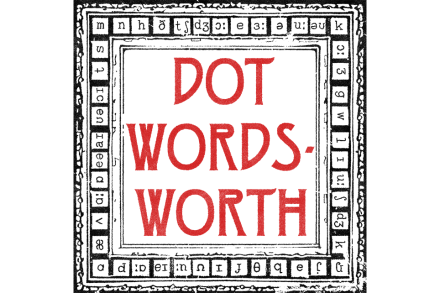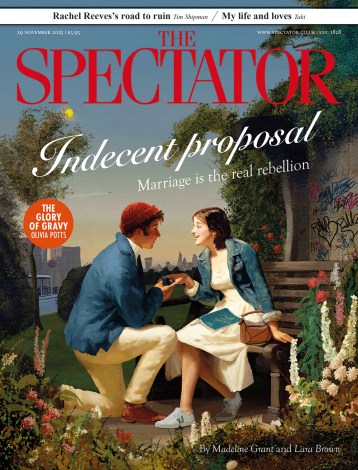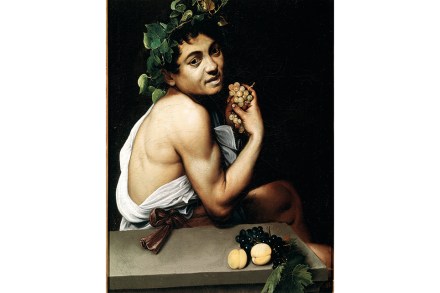From Balfour to Zola: the many faces of ‘naturalism’
My husband said ‘A.J. Balfour played the concertina’, which is perfectly true, though he did other things, even as prime minister. The concertina was inessential to what I thought was a neat way of sorting out the meanings of naturalism. The word is used quite a bit these days, with four main meanings. My mnemonic for the meanings are Balfour, Bolingbroke, Zola and Caravaggio. When ‘The Hay Wain’ went on show in 1824, the Telegraph explained, ‘its naturalism and heroic scale were hailed as a revelation’. That naturalism may be labelled Caravaggio after an observation in 1950 by E.H. Gombrich in The Story of Art about ‘Caravaggio’s “naturalism”, that is,



